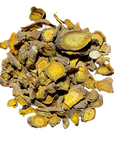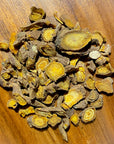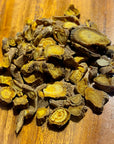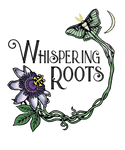


Skullcap, Baical
Botanical name: Radix Scutellariae Baicalensis
TCM: Huang Qin
^Organic
Radix Scutellariae Baicalensis, commonly known as baical skullcap, is derived from the roots of the plant Scutellaria baicalensis, which belongs to the Lamiaceae family. This herb is native to East Asia, particularly China, and is typically found in moist, well-drained soils in grasslands and hills. Baical skullcap is characterized by its thick, yellowish roots, which have been historically valued for their medicinal properties.
In herbal medicine, Radix Scutellariae Baicalensis is traditionally used for its potential benefits in promoting relaxation and supporting the immune system. The root can be prepared as a decoction, tincture, or powder, offering a slightly bitter flavor that is often combined with other herbs in various formulations. Historically, it has been utilized in Traditional Chinese Medicine, where it is believed to help with inflammation, respiratory health, and overall vitality.*
*These statements have not been evaluated by the Food and Drug Administration. This product is not intended to diagnose, treat, cure, or prevent any disease. For educational purposes only.



